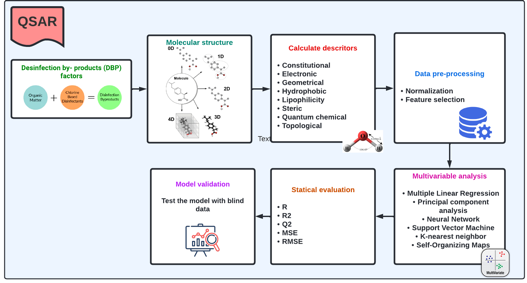Maria De Los Angeles is a research scientist in the Electrical Engineering department within the CEMSE division at King Abdullah University of Science and Technology. She got her B.E. in Bioengineering at the university El Bosque, Bogota, Colombia where she obtained her passion to research in the development of new methods to improve the diagnosis, monitoring and rehabilitation of different medical diseases, the processing of biomedical signals and images, and the application of Machine Learning and Deep Learning methods in this field. In 2021 she was an application developer in IBM and currently she is collaborating in researching new computational methods with Deep Learning for the automatic detection of Strokes in magnetic resonance images (MRI). She joined professor’s Meriem EMAN group as a Visiting student at King Abdullah University of Science and Technology (KAUST) in August of 2021.
Currently, I’m working in machine learning, bioinformatics research, and digital signal processing. One of my projects consist on the development of an algorithm able to separate two peaks overlaped in a 2D signal. This method combines a semi-classical signal analysis (SCSA) and a bidirectional long short term memory (Bi-LSTM) technique. The propossed method combines mathematical modeling and Deep learning approach to simultaneously clean the signal and isolate one peak from another. This methodology was applied to a real problem in Magnetic resonance spectroscopy (MRS) signals where the Lipid resonance overlaps an important brain metabolite that is the lactate doublete which provide useful information about the neuro-biological substrates of brain function, and a satisfactory signal filtering and peak supression was accomplished.

Additionally, I’m collaborating in another project where the objective is to develop a data-driven predictive model for predicting the effect under the bacterial transformation when various disinfection by- products (DBP) factors that are in a residual water treatment plant are combined in presence of bacterias. Since in the laboratory is not possible to make the all the possible combinations in an experimental way, because is very time consuming and requires a lot of materials, the idea of developing a tool that uses the data-driven can help to predict the possible outcome of mixing more than 2 factors ate the same time in the natural frequency transformation of the bacterias that are present in the residual water.

And my next stop in the field of research is in the creation of new automatic methods for the prediction of epileptic seizures and collaboration in ongoing projects for the detection of epileptic spikes in EEG and MEG signals, for the reduction of data to analyze by the specialist in charge of giving a correct diagnosis, treatment and monitoring of epilepsy.